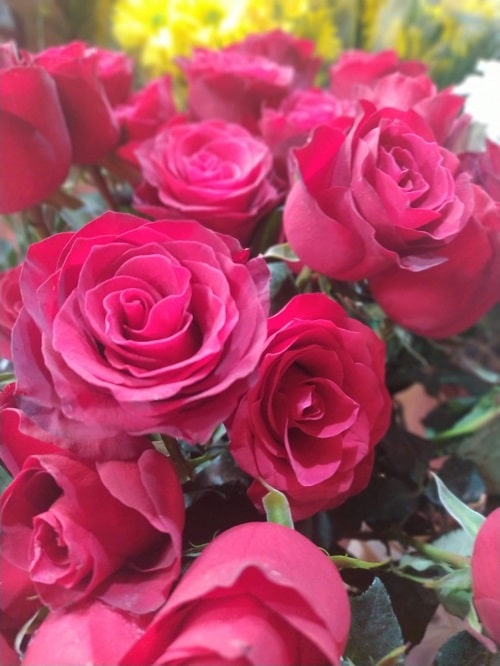History of the Rose Plant
A Timeless Story of Beauty and Love, The rose is a special plant that stands out not only for its fragrance and aesthetic beauty, but also for its long and impressive history. The story of the rose goes back millions of years to ancient times.
According to fossil records, roses originated 35 million years ago in North America and Asia. Over time, roses spread to Europe and Africa, evolving into different species and hybrids and gaining the diversity we know today.
The rose’s relationship with human history is also quite old. Many civilizations such as the Egyptians, Romans, Greeks and Chinese considered the rose as a sacred flower and used it in religious ceremonies, medicine and cosmetics. The rose was considered a symbol of beauty, love, romance and purity.

During the Middle Ages, rose gardens became very popular in Europe. These gardens were used not only for beauty but also for growing medicinal and aromatic plants. The use of rose products such as rose oil and rose water also became widespread during this period.
In the 19th century, rose cultivation techniques improved significantly. Thanks to these developments, new rose varieties emerged and rose cultivation became easier. This contributed to the rose’s growing popularity and its widespread cultivation all over the world.
Today, the rose is one of the most popular flowers in the world. There are more than 100 species of roses and thousands of hybrids in the world. Roses are grown in gardens, parks, pots and as cut flowers. Roses are also used in perfumes, food and cosmetics.
The history of the rose is a timeless story of beauty, love, romance and purity. This special flower continues to intrigue and fascinate mankind for millions of years.
Why is the rose so beloved?
The rose’s popularity can be attributed to a confluence of factors, making it a beloved flower across cultures and throughout history. Here are some key reasons:
- Beauty: Roses come in a stunning array of colors, shapes, and sizes. Their velvety petals, delicate fragrance, and graceful form have captivated people for centuries.
- Symbolism: Roses have powerful symbolic meanings that resonate deeply. They are most commonly associated with love and romance, but their symbolism extends to beauty, passion, purity, and even mourning (depending on the color).
- History and Culture: Roses have been cultivated for millennia, featuring prominently in mythology, literature, and art across many civilizations. This rich history imbues them with a sense of tradition and cultural significance.
- Versatility: Roses are incredibly versatile. They can be enjoyed fresh-cut in bouquets, displayed in gardens and landscapes, or used in various products like perfumes, essential oils, and even food.
- Fragrance: The rose’s fragrance is another key element to its allure. The sweet, romantic scent of a rose can evoke strong emotions and create a pleasant atmosphere.
- Adaptability: Roses have been bred into countless varieties, making them adaptable to various climates and growing conditions. This allows people in many regions to enjoy these beautiful flowers.
- Emotional Connection: Roses are often given as tokens of love, appreciation, or sympathy. Receiving a rose can evoke strong positive emotions, further solidifying its association with positive feelings.
In essence, the rose’s enduring popularity is a combination of its visual appeal, powerful symbolism, rich history, versatility, and its ability to connect with us on an emotional level. It’s a flower that transcends cultures and continues to be a symbol of beauty and love throughout the world.





